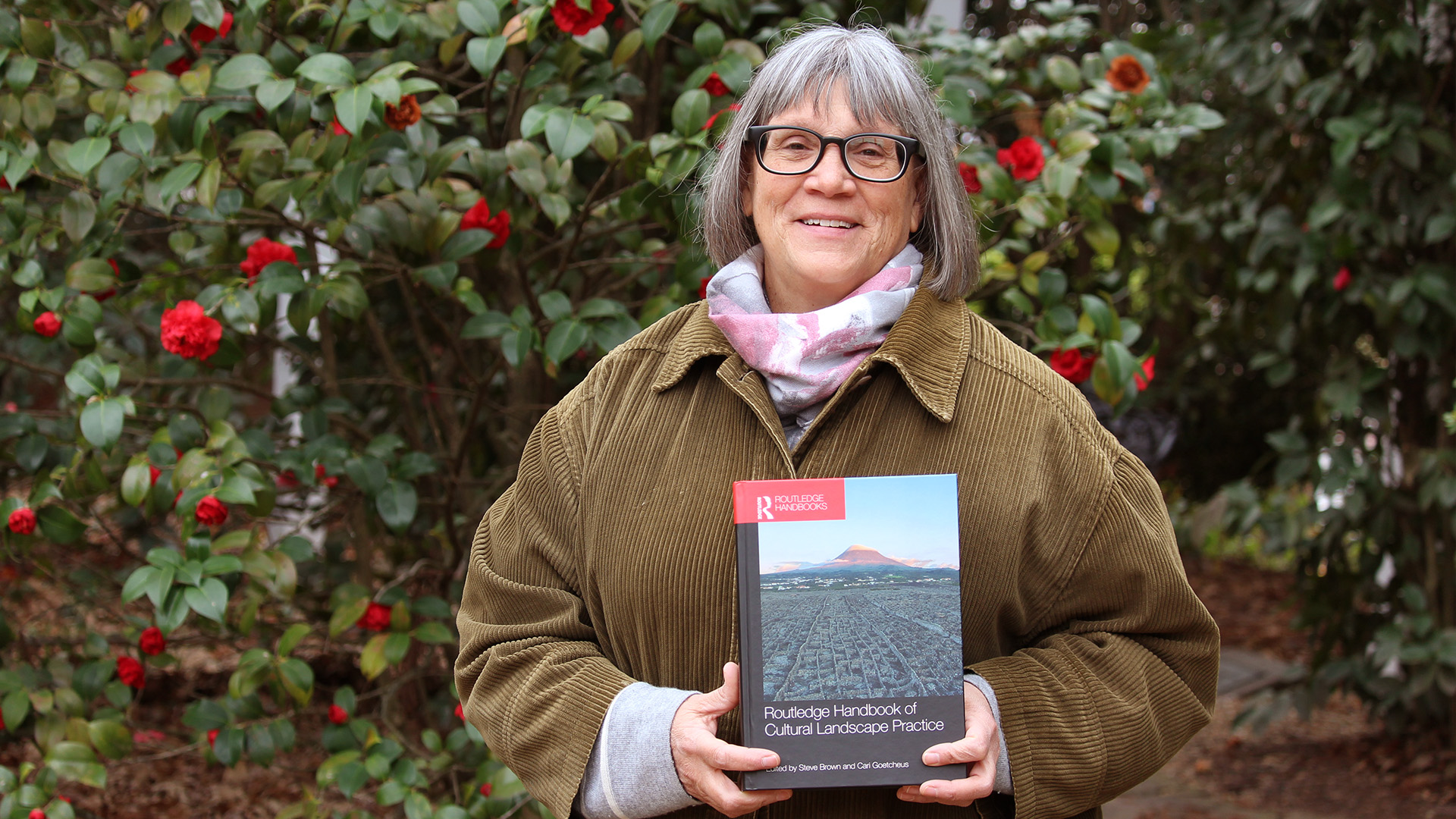Spring 2024 Lecture Series: A Cultural Landscapes Panel Discussion

At CED, we cultivate a world where every human being has a symbiotic, heartfelt, and transcendent relationship with landscapes.
According to the UNESCO World Heritage Convention, cultural landscapes are "combined works of nature and man" that illustrate the evolution of human society and settlement over time.
While the origin of the idea of cultural landscapes can be traced to late-19th century Euro-American scholarship, it came to global attention after 1992 following its adoption as a category of ‘site’ by the UNESCO World Heritage Committee. Cultural landscapes are complex systems–both as heritage places and as the basis for the daily life of communities. The combination of environmental and cultural systems, which in the field of heritage studies and practice relates to caring for and safeguarding heritage landscapes, is a concept embedded in contemporary conservation. Bridging the divide between natural and cultural heritage, cultural landscape practice addresses contemporary challenges of sustainability, climate change and human rights.
CED professor Cari Goetcheus and Australian colleague Dr. Steve Brown of the University of Canberra, recently co-edited the Routledge Handbook of Cultural Landscape Practice. Although there have been numerous articles, conferences and symposia on different aspects of cultural landscape practice over several decades, there is no comprehensive book on the topic. Brown and Goetcheus lay the foundation of the evolution of cultural landscape conservation theory and doctrine, while over 60 international authors representing academic, practitioner, management, and community backgrounds illustrate pragmatic approaches from a global, regional and local perspective.
Today, cultural landscape practice has become increasingly complex given the expansion of the values and meanings of heritage, the influence of environmental challenges such as human-induced climate change, technological advancements, and the need to better understand and interpret human connections to place and landscapes.
On Wednesday, March 13, Goetcheus and two chapter authors, James K. Reap and Liz Sargent, will speak as part of a panel reflecting on the creation of the handbook, and the future trajectory of cultural landscape practice.
